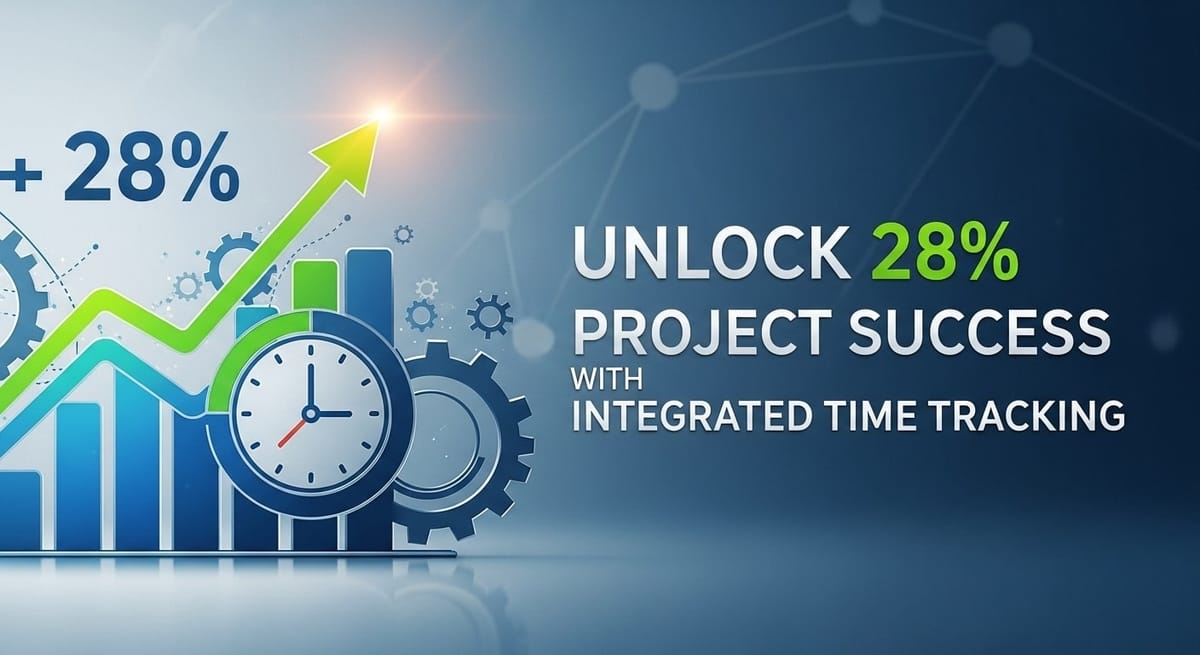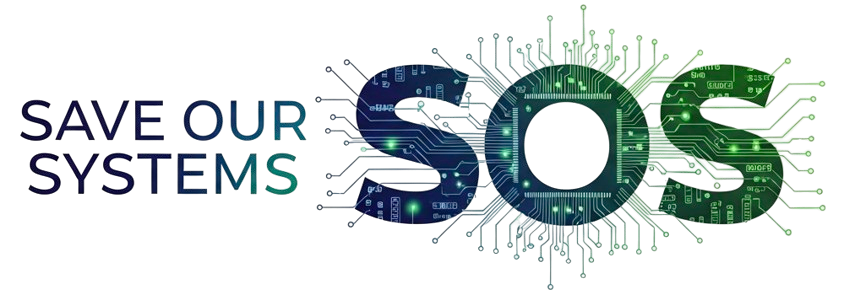28% Higher Success Rates: The Hidden Power of Integrated Time Tracking

Time estimation remains one of the most challenging aspects of project management, yet it's critical for effective planning and resource allocation. As teams struggle to balance accuracy with practicality, finding the right estimation methodology becomes essential for project success.
Story Points vs. Time-Based Estimation
Story points have gained popularity in Agile environments as a relative measure of effort, complexity, and risk. Research from the Project Management Institute suggests that relative estimation techniques like story points can be 60% more accurate than absolute time estimates for complex projects. This approach helps account for uncertainty in knowledge work and reduces cognitive biases that plague time-based estimates.
However, story points present communication challenges with stakeholders who think in calendar time, requiring additional translation to timeline projections. This disconnect raises legitimate questions about whether story points are always the optimal approach.
The Evolution of Time Tracking
While time tracking remains standard in client-based services like consulting and legal work, its application in software development has declined. A 2023 Stack Overflow survey found only 32% of development teams using detailed time tracking, down from 47% five years prior—coinciding with the rise of outcome-based measurement approaches.
Despite this trend, time tracking offers substantial benefits when implemented thoughtfully:
- Creates historical data for improving future estimates
- Provides transparency around resource allocation
- Enables accurate project costing and billing
- Helps identify efficiency improvements and bottlenecks
Developing Estimation Accuracy
Both approaches share a common truth: estimation accuracy improves with practice. Research from the Software Engineering Institute demonstrates that teams typically require 3-4 estimation cycles before reaching reasonable consistency. Key factors that improve estimation accuracy include:
- Regular retrospectives comparing estimates with actuals
- Breaking work into smaller, more predictable units
- Establishing team-specific "reference stories" for calibration
- Accounting for non-development activities like meetings and administrative tasks
- Considering team composition and experience levels
Benefits of Time Awareness
Increased time awareness provides significant management benefits. Harvard Business Review research found that teams tracking time against estimates for just 2-4 weeks gained valuable insights into productivity patterns and inefficiencies, including:
- Better understanding of actual versus ideal time allocation
- Identification of "time sinks" and unnecessary activities
- More informed resource allocation decisions
- Improved protection of focused work time
- Data-driven prioritization of initiatives
Integration with Modern Tools
Contemporary project management platforms have simplified time tracking implementation. Tools like Asana, Monday.com, and Jira offer integrated time tracking capabilities that work alongside task management features. According to Gartner, organizations using integrated time tracking report 28% higher project success rates compared to those using separate systems or no tracking at all.
Recommendations for Effective Time Estimation
Based on research findings, several practical recommendations emerge:
- Hybrid Approach: Combine story points for initial planning with time tracking during execution
- Gradual Implementation: Start with rough estimates and refine based on actual data
- Focus on Value: Ensure time tracking serves team improvement rather than becoming punitive
- Team Involvement: Include team members in developing the estimation approach
- Regular Calibration: Schedule periodic sessions to review estimation accuracy and adjust baselines
Conclusion
Effective time estimation requires balancing accuracy with practicality. While story points offer advantages in handling complexity and uncertainty, time tracking provides concrete data for improvement and resource allocation. Many successful teams are finding that a hybrid approach—using relative sizing for planning and actual time data for retrospectives—offers the best of both worlds. By gradually implementing estimation practices with team involvement and regular calibration, organizations can develop increasingly accurate forecasts while maintaining focus on delivering value.
Sources
- Project Management Institute. (2023). "Pulse of the Profession: Estimation Techniques in Modern Project Management." PMI Publications.
- Stack Overflow. (2023). "Developer Survey Results 2023: Project Management Methodologies." Stack Overflow Insights.
- Software Engineering Institute. (2024). "Team Estimation Improvement Patterns." Carnegie Mellon University.
- Morgenstern, J., & Buchheit, P. (2023). "Time Well Spent: Tracking for Productivity, Not Control." Harvard Business Review, 101(4), 112-119.
- Gartner Research. (2024). "Market Guide for Project and Portfolio Management Tools." Gartner, Inc.




